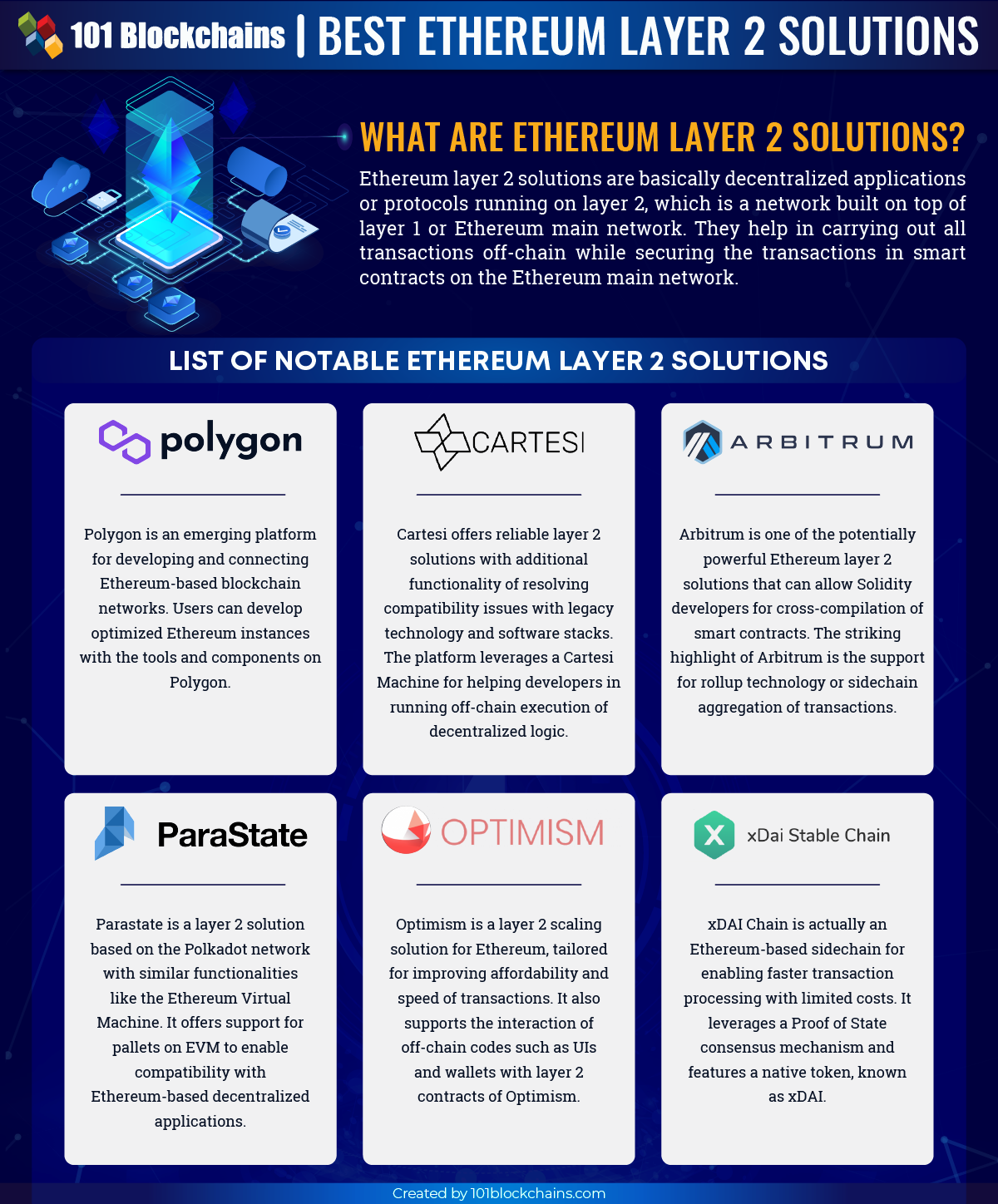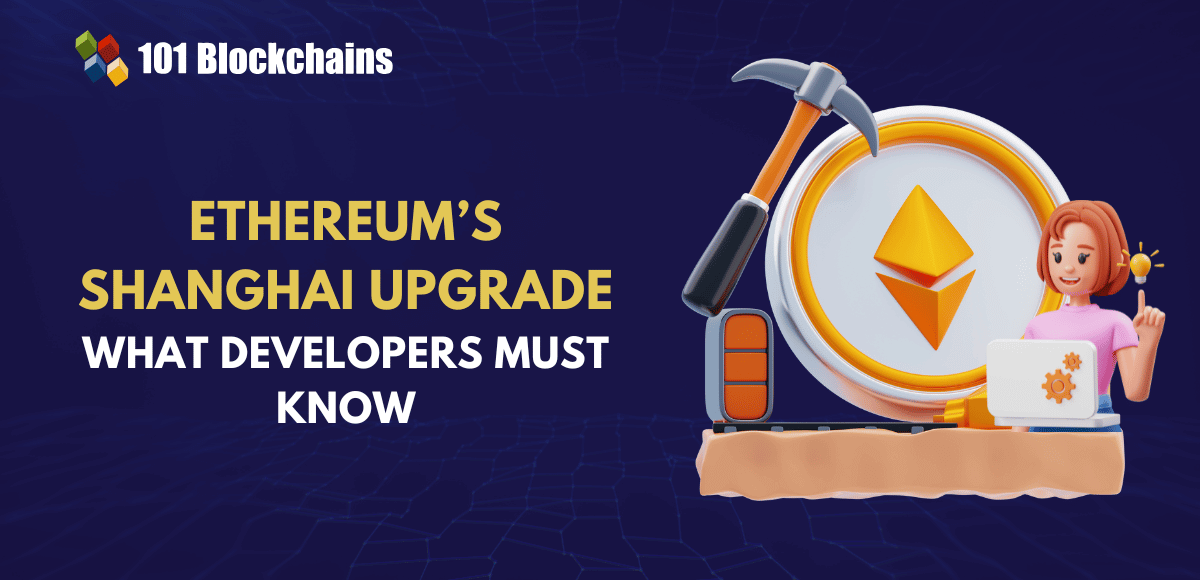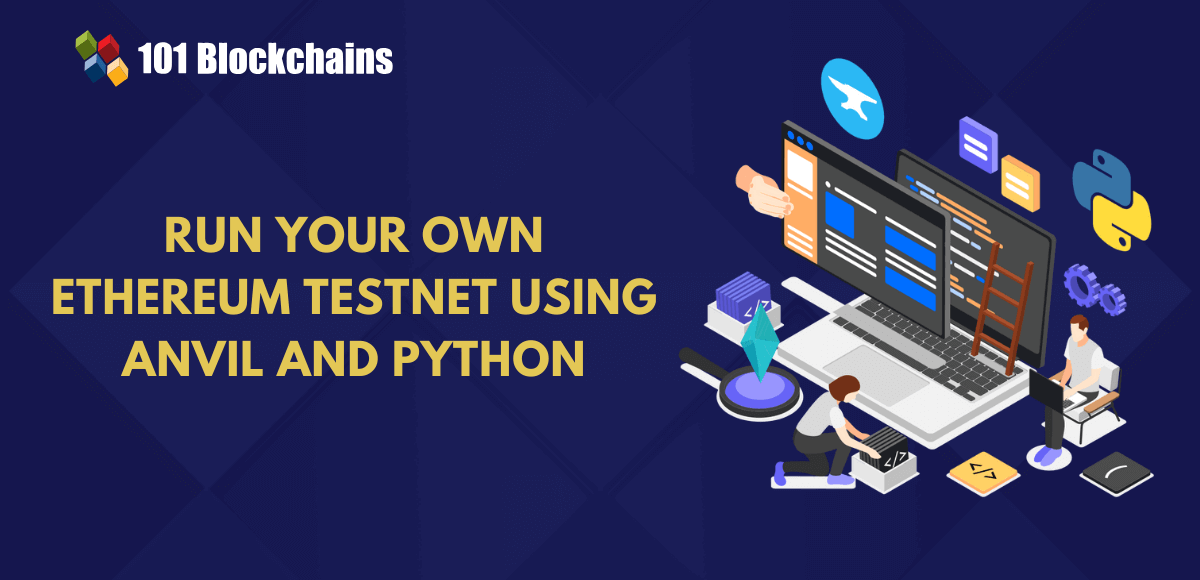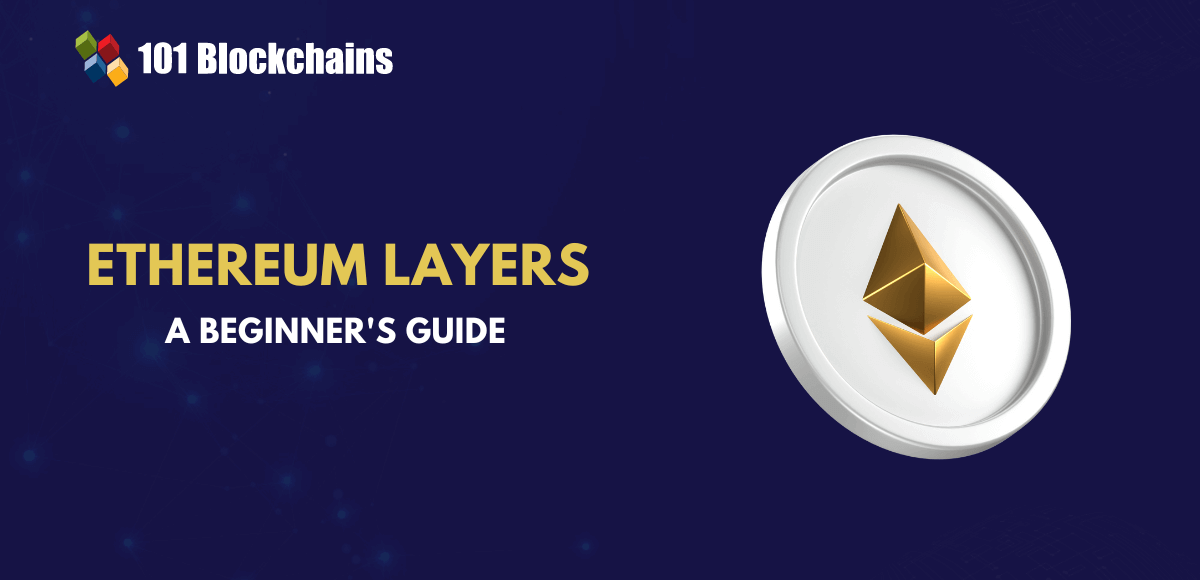Learn how blockchain truly works, master key definitions, and uncover what makes smart contracts so "smart." Dive into the fundamentals, gain valuable insights, and start your blockchain journey today!
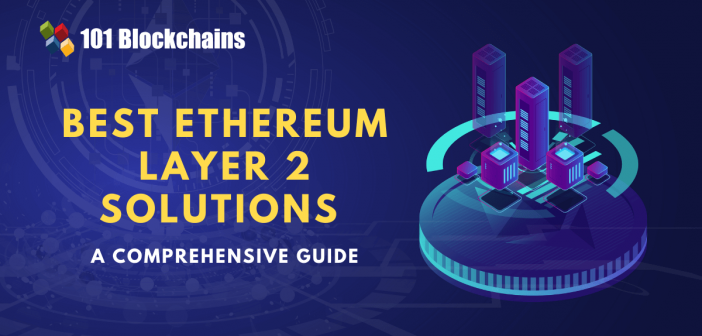
- Ethereum
Gwyneth Iredale
- on September 03, 2021
Best Ethereum Layer 2 Solutions – A Comprehensive Guide
Ethereum is one of the most popular blockchain networks in use presently, and there are no doubts regarding this fact. The total number of decentralized applications on Ethereum as of May 2020 was 2855, with many more applications under development. In addition, the potential of Ethereum for boosting the DeFi (Decentralized Finance) space also indicates possibilities for a massive upsurge in the number of applications and users on the Ethereum network.
The continuously rising number of users on the Ethereum network has resulted in certain limitations of the network. This is where the best Ethereum layer 2 solutions come into the picture. What are layer solutions on Ethereum? Let us find the answers in the following discussion.
Excited to build your skill in Ethereum development by leveraging the ethers.js library? Enroll Now in Ethers.Js Blockchain Developer Course!
What is the Need for Ethereum Layer 2 Solutions?
The increasing number of applications and users on Ethereum is responsible for increasing the load on the network. The capacity of the Ethereum network is limited. Therefore, the cost of using the network increases prominently with more and more users competing with each other for adding transactions to the Ethereum network.
So, Ethereum layer 2 scaling solutions are considered vital instruments for addressing the problems with network performance. Many solutions for Ethereum scaling are undergoing research, testing, and implementation with different approaches for achieving scalability. So, how can you know that you could achieve true scalability with Ethereum scaling solutions?
The primary objectives of scalability for the Ethereum network refer to improvement in transaction speed alongside transaction throughputs. At the same time, the scaling solutions should not compromise the security or decentralization of the Ethereum network. Ethereum also experiences the concerns of unreasonable gas prices and slower transactions on the layer 1 blockchain. As of now, Ethereum has two distinct options in the form of sharding and layer 2 solutions for addressing the problems of scalability, high transaction fees, and delays in transaction settlement.
Excited to know more about the fundamentals of Ethereum Development? Enroll Now in the Ethereum Development Fundamentals Course
What are Ethereum Layer 2 Solutions?
Even if Ethereum is working on introducing sharding as a feasible scaling solution for ETH 2.0, it is far from actual deployment. Therefore, the obvious choice, in this case, would automatically point towards the most popular Ethereum layer 2 solutions. Now, let us try to understand Ethereum layer 2 solutions and how they work before we dive into some examples of layer 2 solutions.
Layer 2 solutions basically give away a lot about them from their name itself. Layer 2 is a different network running on the top of the main Ethereum network or layer 1. The Ethereum layer 2 solutions stay on the Ethereum network in the form of smart contracts. The layer 2 solutions don’t need any modifications in the base level protocol for interacting with the main network. Ethereum layer 2 scaling solutions could serve different functions such as off-chain computation and scalability of payments.
Want to know about the best Ethereum development tools? Check Now: 10 Best Ethereum Development Tools
List of Notable Ethereum Layer 2 Solutions
Please include attribution to 101blockchains.com with this graphic. <a href='https://101blockchains.com/blockchain-infographics/'> <img src='https://101blockchains.com/wp-content/uploads/2021/09/Best-Ethereum-Layer2-Solutions.png' alt='Best Ethereum Layer 2 Solutions='0' /> </a>
The working of all layer 2 solutions focuses on one distinct element, i.e., moving the majority of the transactions off the chain. As a result, layer solutions could improve transaction processing speeds while also reducing gas fees required for the transactions. Within a reasonably small span of time, many Ethereum layer 2 solutions have been successful in gaining attention. Here are some of the best Ethereum layer 2 solutions that have been successful in resolving many critical issues.
-
Polygon

Polygon, previously known as Matic, is an emerging platform for developing Ethereum-based blockchain networks and connecting them together. It features all the significant tools and components required by developers for creation of optimized Ethereum instances. The instances provide the complete package of standalone blockchain traits such as sovereignty and scalability. In addition, they also offer considerable improvements in flexibility for developers along with the security of Ethereum.
Polygon is slowly becoming one of the most popular Ethereum layer 2 solutions with the delay in Ethereum’s transition to ETH 2.0. The Polygon network is expanding exponentially, irrespective of the current decline in the growth of the market. The value of the native token of the Polygon network, i.e., Matic, is currently fluctuating around the $2 price range. In addition, Polygon has also collaborated with many significantly popular partners such as Umbrella Network, Kambria Open Innovation, Graphlink, and Mogul Productions, alongside many other prominent names.
Want to learn the Ethereum Technology? Enroll Now: The Complete Ethereum Technology Course
-
Cartesi
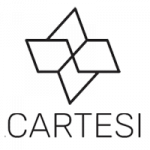
Another prominent example among popular Ethereum scaling solutions would refer to Cartesi. Interestingly, Cartesi does more than just addressing the issues of scalability and high transaction fees. The layer 2 solution of Cartesi also supports the resolution of compatibility issues with legacy technology and software stacks.
In order to provide relief from compatibility issues, Cartesi utilizes the Cartesi Machine. The Cartesi Machine offers flexibility in the off-chain execution of decentralized logic in a Linux-based environment. Cartesi utilizes its native token CTSI to offer incentives to the node operators of the platform. As a result, it can encourage node operators for honest and transparent engagement with the network.
-
Arbitrum
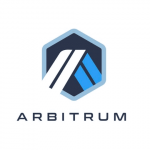
Arbitrum is another notable entry among the popular Ethereum layer 2 scaling solutions for all the right reasons. Off-chain Labs have developed Arbitrum with features for close interoperability with Ethereum, thereby enabling Solidity developers for easier cross-compilation of their smart contracts. The three primary components of Arbitrum include validators, compiler, and the EthBridge.
The compiler helps in the compilation of an assortment of Solidity smart contracts into an executable file compatible with running on AVM or the Arbitrary Virtual Machine.
The validators are primarily responsible for the majority of the off-chain work alongside monitoring the state of the AVM.
EthBridge is basically a decentralized application, which is deployed on the Ethereum main network. It serves as a connection between the Ethereum main network and Arbitrum.
Interestingly, Arbitrum does not have a native token and does not have any plans of launching one anytime soon. Another critical highlight of Arbitrum as one of the best Ethereum layer 2 solutions is the support for sidechain aggregation of transactions, also referred to as the rollup technology. Most important of all, the different notable entries in the list of partners of Arbitrum include Chainlink, Graph Protocol, OKEx, and many others.
Wan to learn about the key elements of Solidity, Checkout detailed presentation on Introduction To Solidity
-
Parastate

Your search for the most popular Ethereum layer 2 solutions would also take you to Parastate. With the backing of the Polkadot network, Parastate is capable of offering a feasible alternative for the Ethereum Virtual Machine. The platform also offers support for pallets on Ethereum Virtual Machine for ensuring seamless compatibility with decentralized applications developed over Ethereum.
The most striking highlight of Parastate refers to EWASM, which is basically a WebAssembly variant of EVM. The EWASM of Parastate helps in sharing the data structure of accounts and blocks in the EVM. Parastate is a trustworthy platform on the grounds of its dual token structure. It employs a native Ethereum protocol token, referred to as STATE. In addition, it also issues pDOT to users as incentives for staking and locking DOT tokens for supporting and bidding for the slot auction on Parastate parachain on the Polkadot network.
-
Optimism

Optimism is another example among top Ethereum scaling solutions that can offer improvements in the affordability of transactions. In addition, it can also ensure prolific improvements in transaction speed for Ethereum users. Developers could easily create Solidity smart contracts capable of running on Optimism, albeit with certain exceptions.
In addition, Optimism also allows interaction of off-chain codes such as UIs and wallets with layer 2 contracts on Optimism. One of the striking highlights of Optimism directly points out its collaboration with Synthetix. The platform has recently announced that it will allow users with SNX tokens to place their stakes in Optimism layer 2 solutions. Furthermore, Optimism has also engaged in partnerships with Rubicon and Etherscan.
Familiarize yourself with the second-most-popular blockchain network, Ethereum, and ensure overall, comprehensive skill development through Ethereum Skill Path
-
xDAI Chain
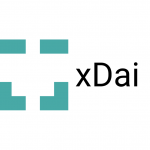
The final addition among the top Ethereum layer 2 scaling solutions would be xDAI Chain. It is basically a sidechain based on Ethereum, which supports users in processing transactions at faster speeds and reduced costs. xDAI Chain utilizes a Proof-of-Stake (PoS) consensus mechanism for helping users to place native xDAI tokens as stakes on the network for becoming validators. Most important of all, xDAI is a stablecoin.
The continuous growth of the xDAI ecosystem has been fuelled by its integrations and partnerships with different projects and platforms. As of now, the xDAI platform has many notable partners such as Unifty, Chainlink, Ramp Network, CardStack, HOPR, SushiSwap, Ankr, and others.
Start learning Blockchain with World’s first Blockchain Career Paths with quality resources tailored by industry experts Now!
Bottom Line
The best Ethereum layer 2 solutions have evolved as the answers for scalability and high transaction fees on the Ethereum network. As a matter of fact, scalability is a promising requirement for ensuring the widespread adoption of a blockchain network. In addition, lower transaction fees could also encourage more users to use Ethereum blockchain. Layer 2 solutions provide the optimal answer for the increased load on the Ethereum network by enabling off-chain computation.
The different Ethereum layer 2 solutions introduced here have prolific potential for disrupting the blockchain landscape in a positive way. Layer 2 solutions are basically the next big thing in ensuring the resourceful utilization of blockchain networks. On the other hand, it is also important to note that many Ethereum layer 2 solutions are in the development or testing stages. So, it may take some time before we see full-fledged layer 2 solutions dominating the Ethereum landscape.
*Disclaimer: The article should not be taken as, and is not intended to provide any investment advice. Claims made in this article do not constitute investment advice and should not be taken as such. 101 Blockchains shall not be responsible for any loss sustained by any person who relies on this article. Do your own research!

